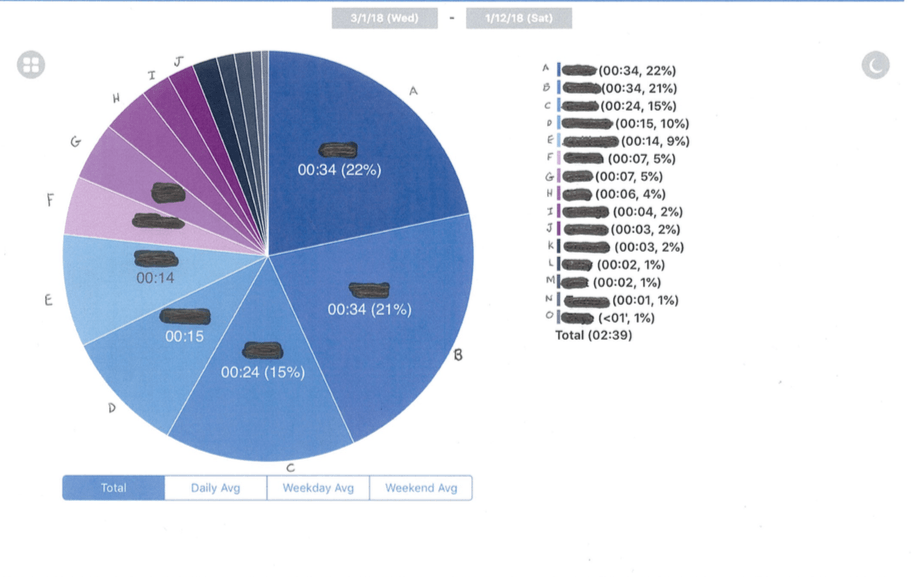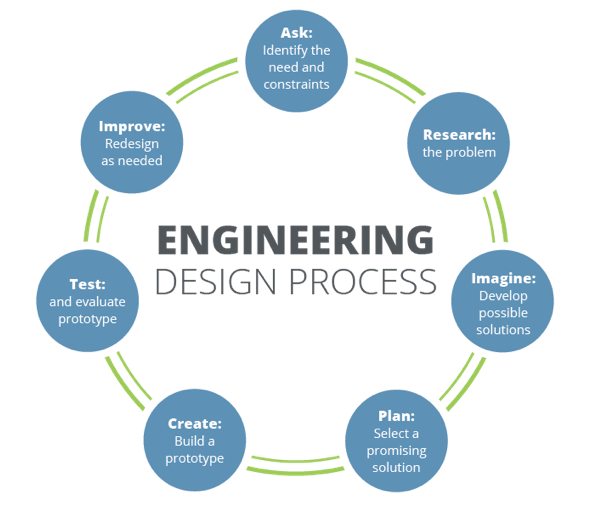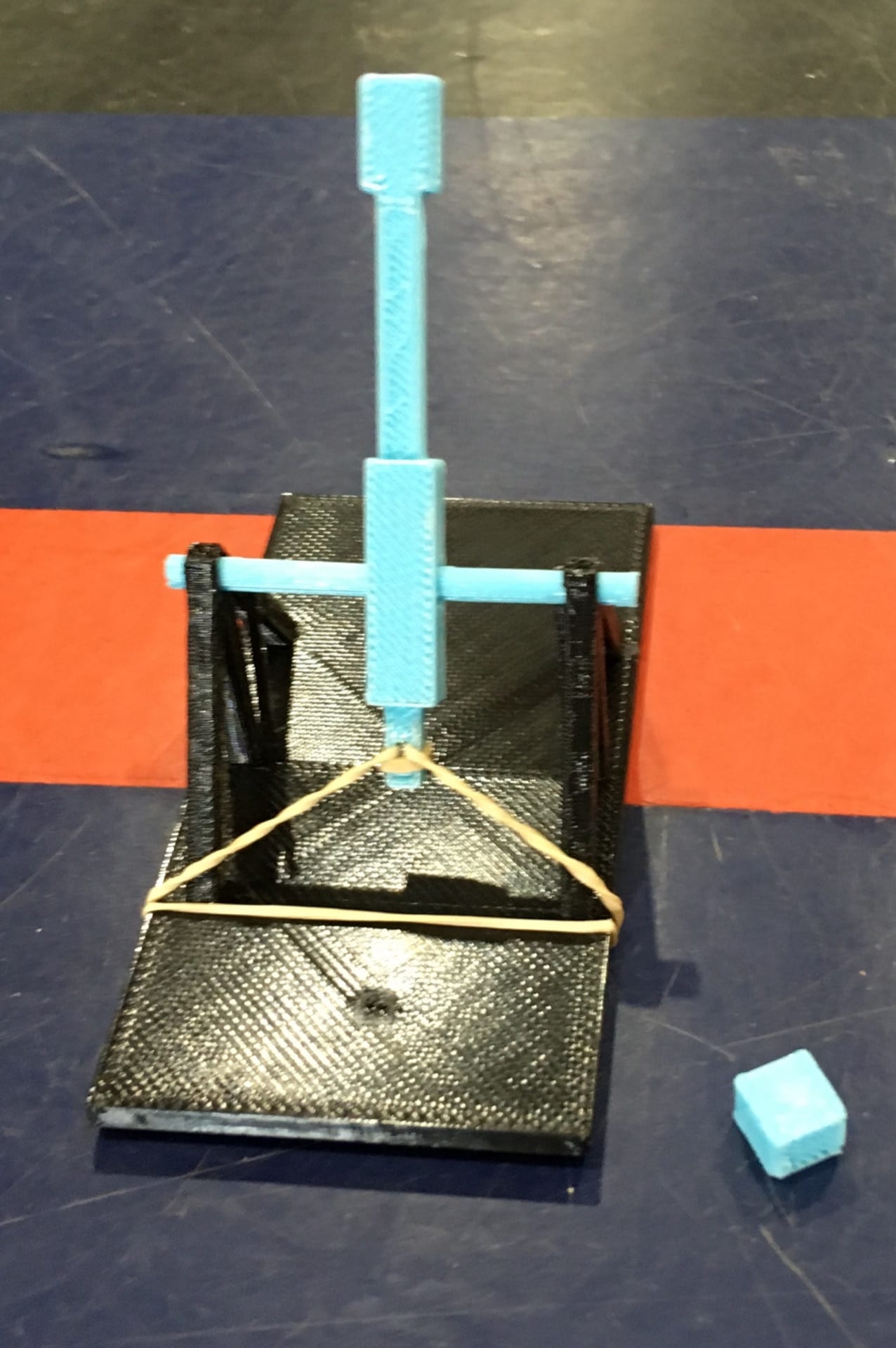Late last term and early this term Tanya asked me to monitor the time spent by her and SSO’s in the 7/8 math class with individual students. The purpose was to identify students who were monopolising teacher/SSO time.
All students deserve 1:1 teacher support. Do they get it every lesson or even every week? Probably not. Anyone who has taught understands it’s not possible to provide genuine well thought out feedback and support to every student in a 50 minute lesson. Even week by week it is hard to ensure equity of support. As lessons pass by we can fall into the trap of providing feedback and support to the same handful of students.
It is a never ending problem in the classroom. Who gets my support next? Its like triage in the emergency department of a hospital. Who will suffer the most if I don’t help them now! This often means the students that need to be extended beyond the core curriculum, the ones coping with the learning are the ones who don’t receive much, if any attention.
There are many reasons why some students attract significant teacher support and others seem to hardly get noticed. Everything from confidence (lots or lack of), personality, behaviour, lack of persistence, subject knowledge, absence, interest in the subject and the relationship the student has with the teacher or SSO. We can probably all recognise the following types of students in our classrooms.
- The student who asks for help when required (this could be any ability level student).
- I’m good at this subject and I want to know more.
- I don’t understand some things and will ask for help when I need it.
- I really struggle with this subject but I am happy to put my hand up and ask for help.
- The student who constantly demands teacher attention (this could be any ability level student).
- I’m nervous and lack confidence. I don’t want to try anything without teacher support because I don’t want to get it wrong, I always need help!
- I just want attention! I complain I don’t get enough help and I act up when I’m not getting 1:1 attention.
- I know everything pick me, pick me! I like to show you what I’ve done and have you tell me I’m right.
- The student who does not demand attention (this could be any ability level student).
- I’m good at this subject I can do this work and don’t want any help. I don’t really want to extend myself either so I’ll keep quiet.
- I don’t like this subject or putting in effort. I’ve learnt not to draw attention to myself so the teacher will ignore me.
- I would like to ask questions but lack confidence and don’t want to appear dumb.
Tanya’s Data
Tanya’s math class has 17 students. The data below was a result of teacher and SSO support time totalling 159 minutes over a number of lessons.
It is interesting to note that 2 students (A and B) took up almost half (43%) of the 1:1 support provided while 5 students (students A – E) took up 77% of the 159 minutes of support time provided by the two adults (teacher and SSO). The data also suggests that 11 students received no significant help (2% or less of the support time) to challenge or extend their learning in that same period.
Tanya’s Data – Data based on 159 minutes of teacher and SSO support time

Questions to ask:
- Do I acknowledge that certain students are monopolising my time to the detriment of others?
- Could I develop a simple tracking tool to help track my 1:1 support of students?
- Would this tracking tool be realistic to maintain? Or is it an idea that may fade away after a week?
- What are the reasons these students are taking so much of my time?
- Is it because they have no other strategies.
- Is it genuinely needed?
- Do they lack persistence?
- Do I expect students to persist beyond “I tried once and didn’t get it” before asking for my help? Do I explicitly state and teach this?
- Do I expect students will work through a series of options before asking me for help? For example:
- Use the text book or other resource to try and solve the problem. Re read examples.
- Persist with multiple attempts regardless of how successful (that persistence may pay off).
- Use another student (try multiple students if required) to try and solve the problem.
How do you ensure students in your class are receiving the adequate 1:1 support they require to extend their learning?
Note: To record data for Tanya’s lesson observations I used an app called ATracker PRO.
























